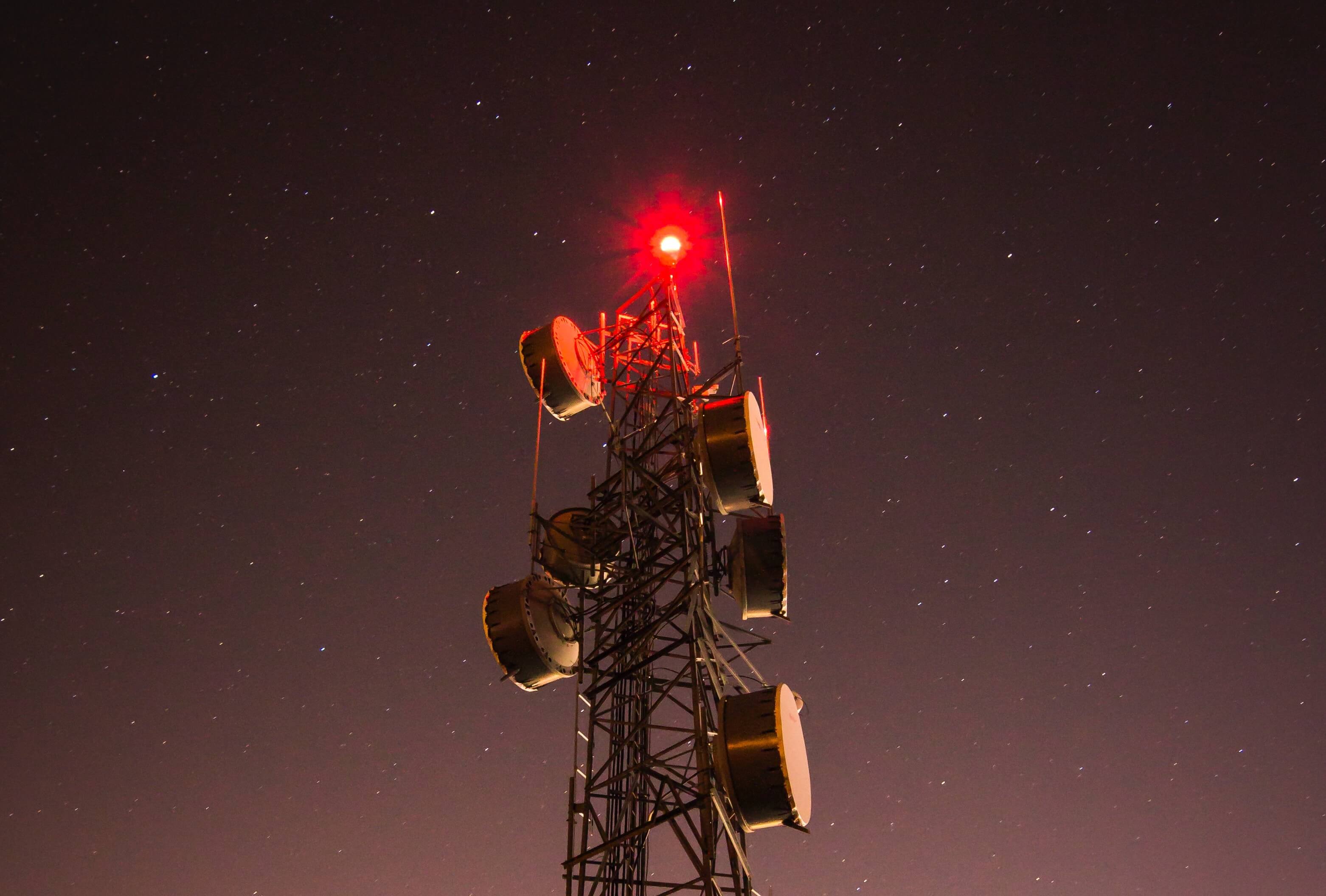Are usually safest distance from your 5G cell System?

If you've ever been through a town you might have noticed tiny mini 5G cell towers placed on poles for street lighting. They look like small boxes, but they're actually broadcasting wireless signals from cell phone providers to your phone.
They are replacing larger specially-designed cell towers. While they're not as noticeable, they still can cause problems for people.
A Federal Communications Commission's Radiation Exposure Thresholds
The FCC's Radiation Exposure Thresholds establish the safe distance that one can expose to electromagnetic radiation from wireless devices. The limits for exposure are based on scientific data that prove that electromagnetic energy could cause harm to health.
The specific absorption rate (SAR) is an indication of the amount of radiofrequency energy absorbed by tissue. It's usually 1.6 watts per kilogram, averaged over one kilogram of tissue.

But, since https://telegra.ph/Are-usually-safest-distance-coming-from-a-5G-cell-Structure-04-26-5 operates at higher frequencies and has the potential to create more energy on the skin and other exposed body parts. This could result in many potential harms, including exacerbated development of skin diseases like dermatitis, cataracts, and skin cancer.
Due to the possible severe effects of 5g radiation, PSU has chosen to create a general power density limit of 4 mW/cm2 based on the average over 1 cm2, and not exceeding 30 minutes for all 5G services running at 3000 GHz. This limit for localization is in line with the maximum spatial-average SAR of 1.6 W/kg, averaged over one g of tissue at 6 GHz.
The FCC's Maximum Exposure Thresholds
If you've ever operated a cell phone, then you're aware that a safe distance from the tower is at least 400 meters away. This is due to the power of transmission from a cell tower increases dramatically the further away you are from it.
While it sounds like a good idea but the truth is that those living close to towers might be more prone to health problems. For safe distance from cell tower , a study conducted in 2014 in India discovered that those who lived within 50m from cell towers suffered much more health problems than those living further far from antennas.
However, this study also showed that residents who moved to areas that were further from cell towers experienced their symptoms return to normal within a few days. Another study has demonstrated that exposure to extreme amounts of electromagnetic field radiofrequency (EMFs) can lead to brain tumors, cancers and other health issues.
This is due to the fact that RF radiation, which is used in wireless communication, can penetrate the body's outer layer, the skin. https://mcmahon-moser-3.technetbloggers.de/are-usually-safest-distance-coming-from-a-5g-cell-tower-1682550810 is important to understand since the skin functions as a barrier to protect against injuries caused by mechanical forces, infections from pathogenic microorganisms, as well as the entry of harmful substances. It is also the biggest organ of the human body. It is responsible for maintaining the integrity of other organs.
The FCC's Minimum Exposure Thresholds for the Minimum Exposure
The FCC's Minimum Exposure Thresholds are based on numerous assumptions that are not supported by evidence from science. They include the false belief that short-term exposures to RF radiation are safe due to minimal radiation penetration in the human body (i.e., tissue heating).
The assumption also ignores the more extensive penetration of ELF parts of modulated RF signals, as well as the effect of brief bursts of heat from pulsed RF waves. These assumptions are not in line with the current understanding of biological consequences of RF radiation. Therefore, they should not be used for health protective exposure standards.
Furthermore to that, ICNIRP and FCC limit their exposure limits to local peak SARs based on the maximum frequency of absorption (psSAR) that is not a reliable dosimetric instrument for determining the level of radiation exposure. Particularly the psSAR tool is not accurate for frequencies that exceed 6 GHz. Additionally, psSAR hasn't been evaluated for RF radiation that is exposed to other environmental agents , such as sunlight. Interactions of RF radiations with different agents in the environment could produce synergistic or antagonistic impacts. This can lead to the risk of having adverse health consequences. For example, co-exposure to RF radiation and sunlight could raise the chance of developing skin cancer and exacerbate other skin conditions like acne.
